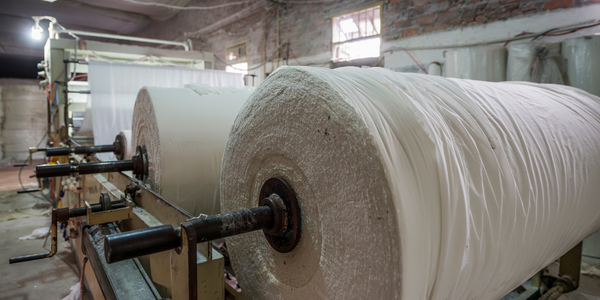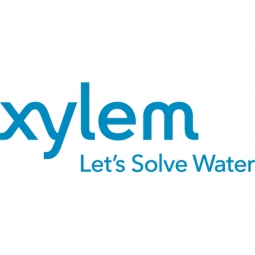
Technology Category
- Drones - VTOL & VTOL Hybrid Drones
- Sensors - Voltage Sensors
Applicable Industries
- Buildings
- Paper & Pulp
Applicable Functions
- Facility Management
Use Cases
- Additive Manufacturing
- Manufacturing Process Simulation
Services
- System Integration
The Customer
Power Utility Company
About The Customer
The customer is a paper pulp mill located in eastern Canada. As part of the rapidly growing pulp and paper market, the mill is committed to maintaining high safety standards, particularly in terms of fire protection. The mill produces paper dust, a highly combustible byproduct, which increases the risk of dust explosions at the facility. Recognizing the need for enhanced fire protection, the facility managers sought a comprehensive solution that would meet the future demands of the mill and provide peace of mind. The existing fire protection system, a vertical turbine pump, was deemed insufficient for the mill's needs.
The Challenge
The pulp and paper market, valued at USD519 billion in 2019, is projected to reach USD680 billion by 2027. With this rapid growth, safety standards, particularly fire protection, have become a priority. Paper dust, a byproduct of the manufacturing process, is highly combustible, leading to the risk of dust explosions at manufacturing facilities. A paper pulp mill in eastern Canada recognized the need for enhanced fire protection at their facility. The existing system, a vertical turbine pump, was insufficient. The facility managers sought a more comprehensive solution that would meet the future demands of the mill and provide peace of mind.
The Solution
Xylem distributor Pompe Saguenay designed and installed a comprehensive fire protection solution for the mill. The solution consisted of an AC Fire Pump vertical turbine FP18DMC pump that delivered increased fire protection. AC Fire Pump vertical turbines are designed for standpipe, sprinkler, chemical mitigation, and hydrant systems. AC Fire Pump, a member of the National Fire Sprinkler Association (NFSA) and the American Fire Sprinkler Association (AFSA), has been manufacturing fire pumps and systems since the 1880s. They offer a wide range of state-of-the-art fire pumps and systems, including prefabricated packages and house units, and space-saving designs that meet every fire protection need. The modular construction of these systems provides flexibility in selecting the right pump for each application.
Operational Impact
Quantitative Benefit

Case Study missing?
Start adding your own!
Register with your work email and create a new case study profile for your business.
Related Case Studies.

Case Study
Energy Saving & Power Monitoring System
Recently a university in Taiwan was experiencing dramatic power usage increases due to its growing number of campus buildings and students. Aiming to analyze their power consumption and increase their power efficiency across 52 buildings, the university wanted to build a power management system utilizing web-based hardware and software. With these goals in mind, they contacted Advantech to help them develop their system and provide them with the means to save energy in the years to come.

Case Study
Intelligent Building Automation System and Energy Saving Solution
One of the most difficult problems facing the world is conserving energy in buildings. However, it is not easy to have a cost-effective solution to reduce energy usage in a building. One solution for saving energy is to implement an intelligent building automation system (BAS) which can be controlled according to its schedule. In Indonesia a large university with a five floor building and 22 classrooms wanted to save the amount of energy being used.

Case Study
Powering Smart Home Automation solutions with IoT for Energy conservation
Many industry leaders that offer Smart Energy Management products & solutions face challenges including:How to build a scalable platform that can automatically scale-up to on-board ‘n’ number of Smart home devicesData security, solution availability, and reliability are the other critical factors to deal withHow to create a robust common IoT platform that handles any kind of smart devicesHow to enable data management capabilities that would help in intelligent decision-making

Case Study
Wireless Improves Efficiency in Compressed Air Systems
Hollingsworth and Vose wanted to improve the efficiency of their compressed air system, lower the electricity expense component of manufacturing cost in their commodity industry, and conserve energy leading to lowered greenhouse gas emissions. Compressed air systems degrade over time and become leaky and inefficient. Hollingsworth and Vose wanted to increase the frequency of system inspections without paying the high cost of manual labor.

Case Study
Commercial Building Automation Boosts Energy Efficiency
One of the challenges to building automation is the multitude of non-interoperable communications protocols that have evolved over the years. Buildings have several islands of automation. Bridging the islands of different automation without losing the considerable investment in each specialized control network is the main focus in this solution.




